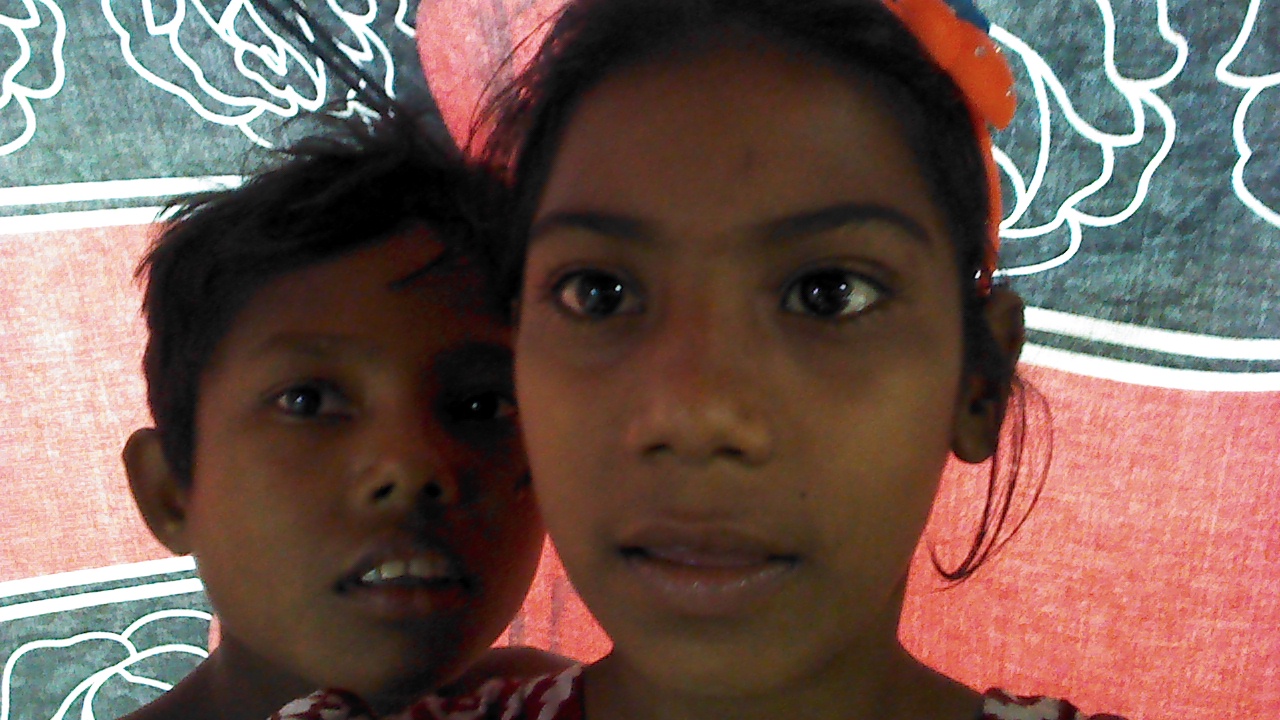Definitions

Being in Dhaka, we find our definitions of the world constantly challenged.
Working with homeless: these should be people without a house, without a place to sleep. But what if they live under a plastic roof? Are they promoted to the definition of being just poor, not homeless?
Working with poor people: they should be poor, have nothing, and we should help them. They will be grateful, and we will feel a little better about ourselves. So what if we are welcomed in their plastic-roofed street, offered a part of their meal, and at the end of the day, they give us a goodbye present, hoping we will come back soon?
Working with street children: poor, unhappy, dirty little children, who are begging in the streets for some money, exploited by their parents. But what if they look beautiful, clean and taken care of? What if they come to you happily and ask you how you are, and what your name is? If they make a selfie with your phone, understanding how it works in a second? Does that make them living on the street less, or less in need of care?
Working with old people: The old, wrinkled and grey, at the end of their lives, living somewhere taken care of by others. So what if working on the streets we encounter people who look physically like they are 80 years old, and they say they are 45? What if a 65-year-old man, looking like an 80-year-old man, is in uniform working as a parking guard everyday?
Working with drag queens: Gay men, dressing up extravagantly and perform shows as a woman. What if there is no place to perform like that? What if being homosexual is still forbidden by law, confirmed by universities? And a transgender related Hijra is the closest thing to our definition of a dragqueen? Do we conclude there are no dragqueens in Bangladesh? (Or like the Bangladesh government stated last year: ‘there are no gays in Bangladesh’)
There is no way to confirm and make new definitions here, one of the things that make Dhaka a very healthy place to be. On the streets, as in the newspapers, as in the talking with people over a tea, as in scientific research, there are multiple interpretations, mixed with values, mixed with emotions, mixed with experience. To express that, together with the artists here, Martijn uses the concept of Rhizome




